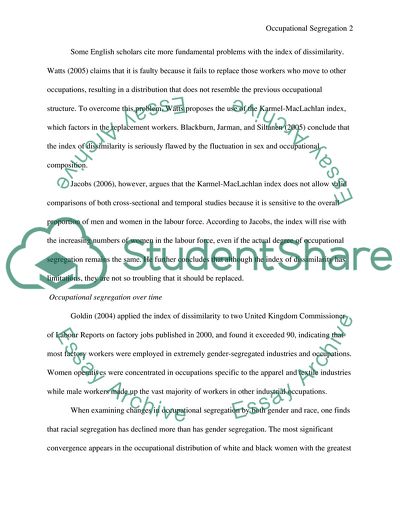Cite this document
(“Occupational Segregation Essay Example | Topics and Well Written Essays - 2500 words”, n.d.)
Retrieved de https://studentshare.org/social-science/1553566-compare-and-contrast-diffrent-theoritical-models-that-seek-to-explain-occupational-segregation
Retrieved de https://studentshare.org/social-science/1553566-compare-and-contrast-diffrent-theoritical-models-that-seek-to-explain-occupational-segregation
(Occupational Segregation Essay Example | Topics and Well Written Essays - 2500 Words)
https://studentshare.org/social-science/1553566-compare-and-contrast-diffrent-theoritical-models-that-seek-to-explain-occupational-segregation.
https://studentshare.org/social-science/1553566-compare-and-contrast-diffrent-theoritical-models-that-seek-to-explain-occupational-segregation.
“Occupational Segregation Essay Example | Topics and Well Written Essays - 2500 Words”, n.d. https://studentshare.org/social-science/1553566-compare-and-contrast-diffrent-theoritical-models-that-seek-to-explain-occupational-segregation.


